How much do you really know about the inner workings of your car? Do your eyes glaze over as soon as you open the bonnet? Do you know your alternator from your radiator?
Many drivers who love getting behind the wheel still have no idea what’s going on under the hood.
To help bring you up to speed, here’s our ultimate guide to essential car parts in a manual, fuel-powered car. Find out what they do, how they can go wrong and whether you should attempt fixing them yourself.
Battery

A critically-important part of your car’s electrical system, the battery starts the engine when you turn the key in the ignition. It provides a back-up source of power for in-car electronics should the alternator need help.
Unfortunately, plenty can go wrong with a battery, so it’s a good idea to know what to do should the worst happen.
If your car won’t start, it could mean your battery’s flat. Jump start your engine from either another vehicle or an engine jump starter, and your battery will then recharge during the journey. The longer the journey, the more recharge.
However, if it does start OK, you need to find out why the battery went flat in the first place. There can be several reasons for this, the most common being that the lights were left on, causing the battery to drain.
Otherwise there could be a drain somewhere in the vehicle’s electrical system, or of course, the battery itself is faulty and will not hold its charge. It’s worth having the battery and charging system tested professionally as this will include a check for any excessive drain in the system.
Lack of use will also cause a battery to go flat after a period of time so if you have a vehicle that is only used infrequently such as a classic car that you save for special occasions then its worth investing in a battery charger/conditioner. This will keep the battery topped up and prevent sulphation in the battery caused by long periods of inactivity.
Experts recommend replacing your car battery somewhere between every three to five years.
Distributor
A car distributor directs high voltage from the ignition coil to the spark plugs as and when needed. Although many modern cars don’t actually have distributors, for those that do they’re a key component of the ignition process.
As well as general wear, the most likely thing that’ll go wrong is a build-up of dirt and other engine sludge in the distributor cap causing faults. Make sure you clean it regularly.
Alternator
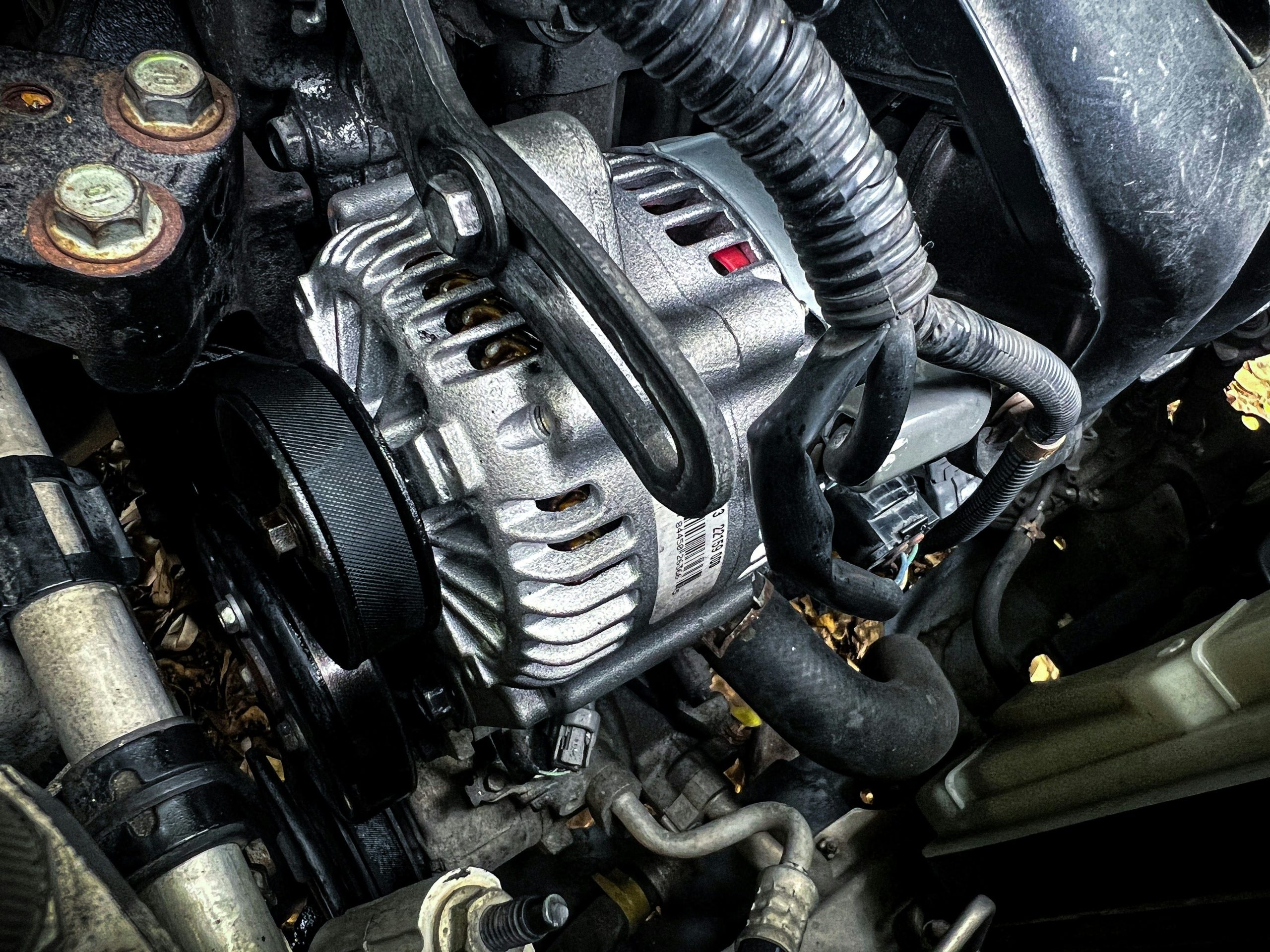
While the battery takes care of actually starting your engine, the alternator powers all the other electronics that keep your car running like headlights and windscreen wipers. Your alternator also keeps the car battery charged.
Perhaps unsurprisingly considering its importance, quite a lot can go wrong with an alternator. A dead one will mean the battery warning light comes on, the engine eventually stalls, and your car dies – bad news.
Unfortunately, it’s likely you won’t get much warning that your alternator is about to crash out, but thankfully it’s often a single component of the alternator that goes, so you don’t have to replace the entire thing.
Problems related to the alternator include worn or loose drive belts, worn bearings and connector faults.
Replacing an alternator can be straightforward on some older models, providing you have the necessary tools and knowledge to carry out the job, but on others, it’s a garage job only.
There is a safety risk involved when replacing an alternator so you must be confident that you are able to carry out the job correctly before attempting it.
Radiator
An integral part of your engine’s cooling system, the radiator prevents your car from overheating by cooling down hot coolant coming from the engine, before sending it back in. Happily, radiators tend to last around a decade on average. That doesn’t mean you’ll definitely be free of problems though as leaking, rusting, overheating and mineral deposits can all leave them with faults.
If your temperature gauge is showing a high temperature or if coolant is leaking onto the ground beneath your vehicle, it could be a sign there’s an issue with your radiator that needs to be taken care of.
Thermostat
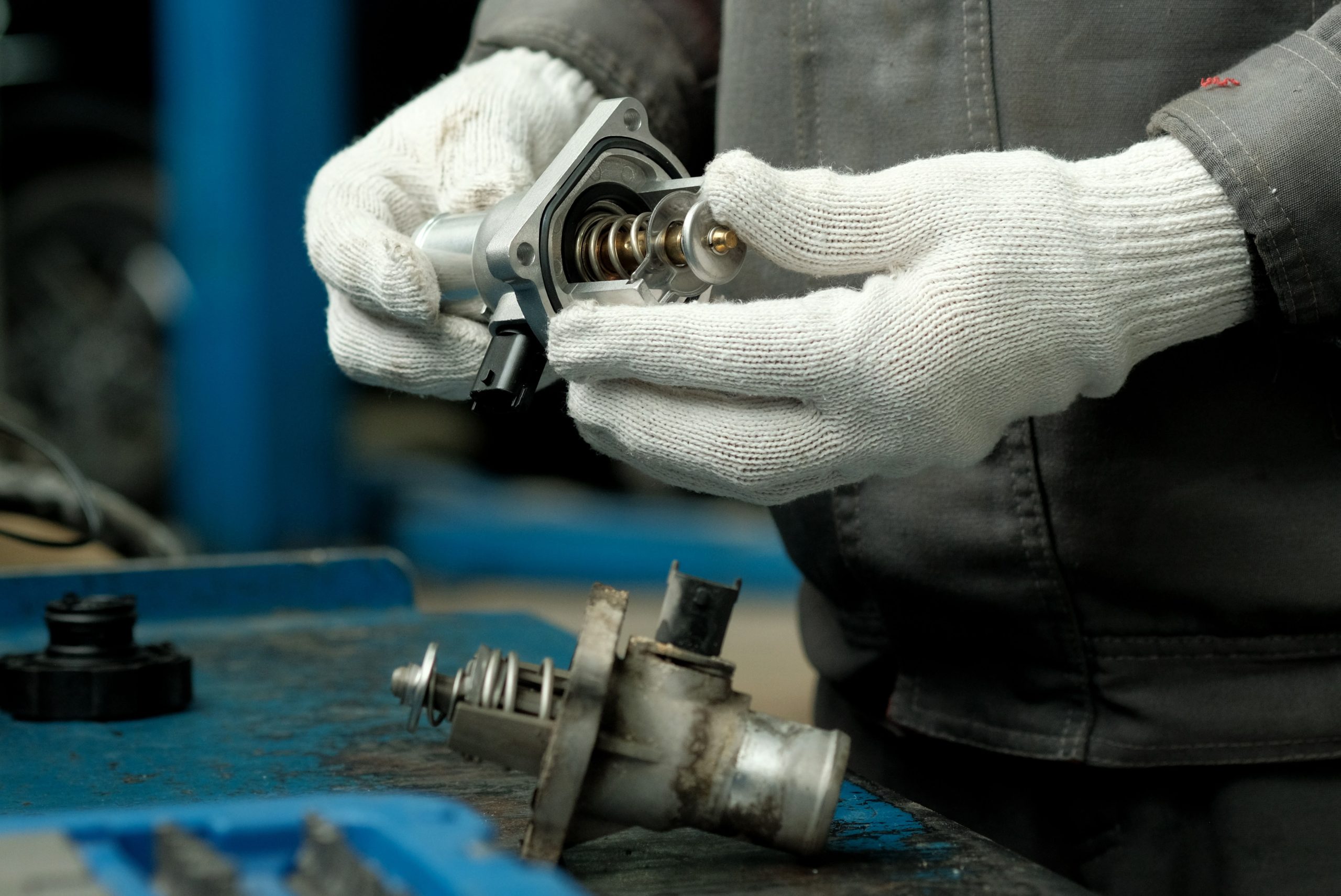
Just like your thermostat at home, the one in your car helps regulate the temperature of your engine, managing the flow of coolant as needed to let your engine warm up faster or cool down if it’s overheating. There are usually two things that go wrong with thermostats – they either get stuck in the open position or they get stuck in the closed position.
You’ll notice a thermostat stuck in the closed position much quicker, as the temperature gauge in your car will quickly run into red and you could damage your engine in a matter of minutes if you keep driving.
Whatever’s wrong with your thermostat you’ll need to replace it as soon as possible as you won’t want to drive anywhere with a faulty thermostat even if an initial inspection doesn’t look too bad.
Spark plug
A spark plug is part of your car’s ignition system – providing the spark that sets off the combustion in the engine which allows your car to move.
A well-used part of your car, spark plugs take a lot of wear and tear and the electrodes in the plugs will become worn away over time. As a rule of thumb, mechanics suggest replacing them every 30,000 miles.
Spark plugs will also suffer if there’s any oil leaks in your engine, so if they start to fail well before the 30,000-mile mark, it could be a sign that there’s another underlying issue.
Ignition coil
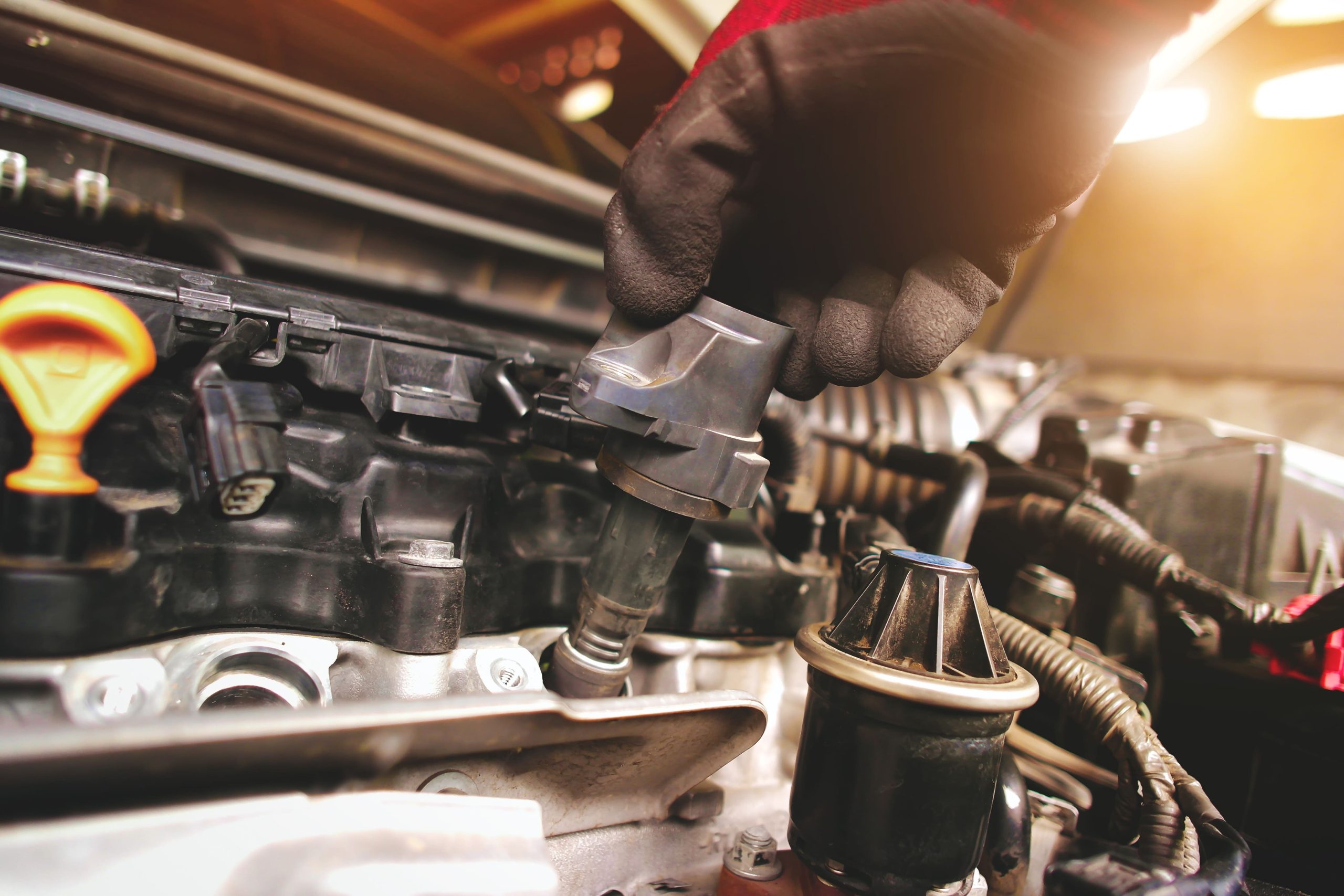
Another important part of your car’s ignition system, the ignition coil supplies the high voltage (around 30,000 volts) the spark plugs in your engine need to create a spark. If your car backfires or stalls a lot, it could be a sign your ignition coil is faulty and causing your spark plugs to ignite irregularly.
Like spark plugs, ignition coils are susceptible to general wear and tear, although with mechanics only recommending a new ignition coil every 100,000 miles, a faulty one could signal damage caused by leaking fluids in the engine.
Tyres
Your cars tyres are the rubber, inflated rings that encircle your wheels. They’re the only point of contact your car has with the road and from sharp cornering to the plague of potholes, they put up with a lot on a day-to-day basis so you should look after them.
The entire weight of your car is supported by the air pressure in your tyres, and experts predict poorly maintained tyres could end up costing you around 3% in terms of mileage per tank efficiency.
A flat tyre or a blow-out could be even more serious but can be avoided if you properly maintain your tyres and get them replaced when you see signs of wear and tear. Make sure you always have a fully-functioning spare just in case you need it.
Spare tyre
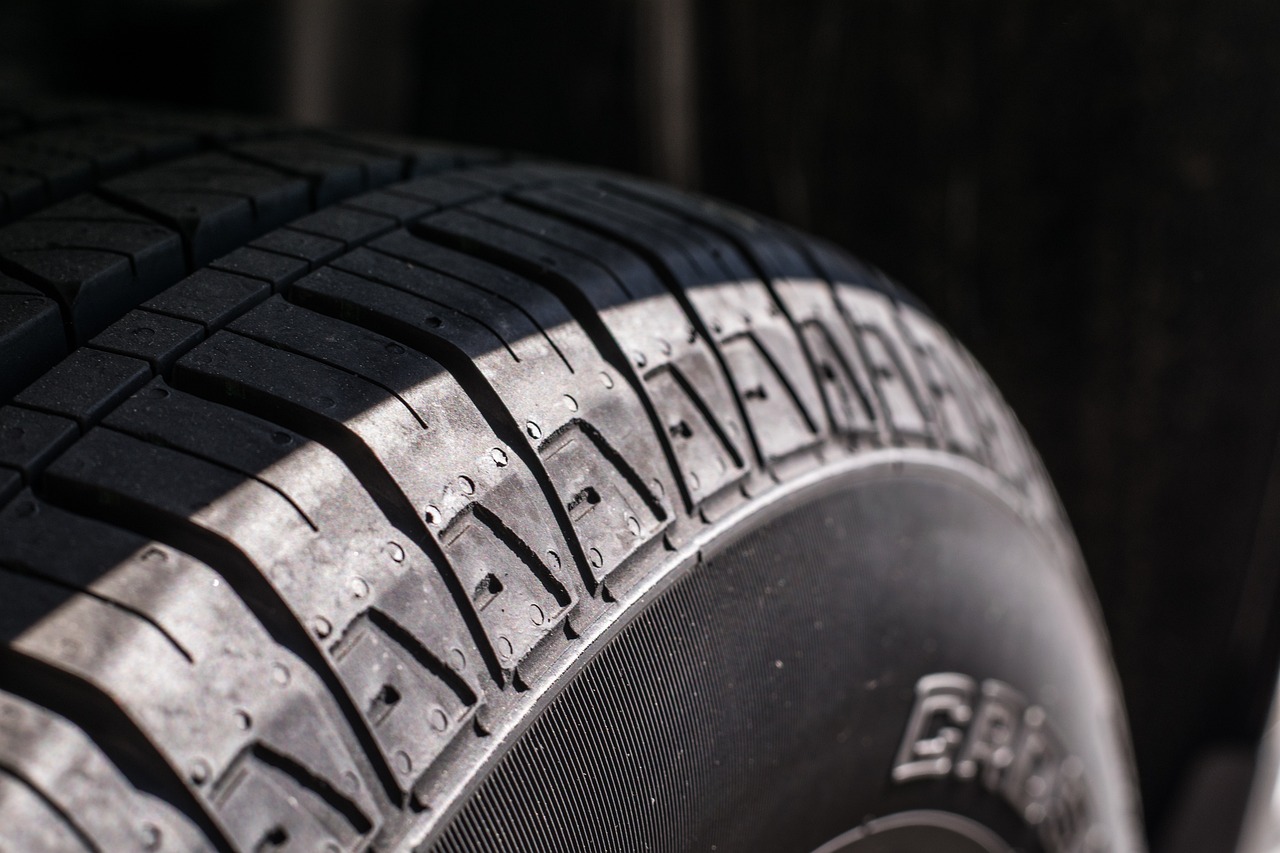
Usually stowed in your car’s boot, a spare tyre is either a full-size or compact ‘Space Saver’ type of wheel and tyre that’s carried in case one of your tyres goes flat or bursts and you need an immediate replacement.
If you’re using a compact spare, most manufacturers recommend you only drive limited distances and at speeds below 50mph, as these tyres aren’t designed for prolonged use.
Once you’ve used your spare, you should replace it as soon as possible to ensure you have a fully-functioning replacement should you suffer another flat or blow out on the road.
Shock absorbers
An important part of your suspension, shock absorbers do what their name suggests: they absorb shocks from bumps, potholes and other road defects to help keep your tyres in contact with the ground at all times. This also provides a comfortable driving experience for you and your passengers.
If your car vibrates or clonks while driving or tends to drift to one side while braking, you could have problems with your shock absorbers and need to get them checked as soon as possible.
These issues could relate to something simple like general wear and tear, or could be a symptom of a ruptured seal or leak within the shock absorber itself.
Brakes
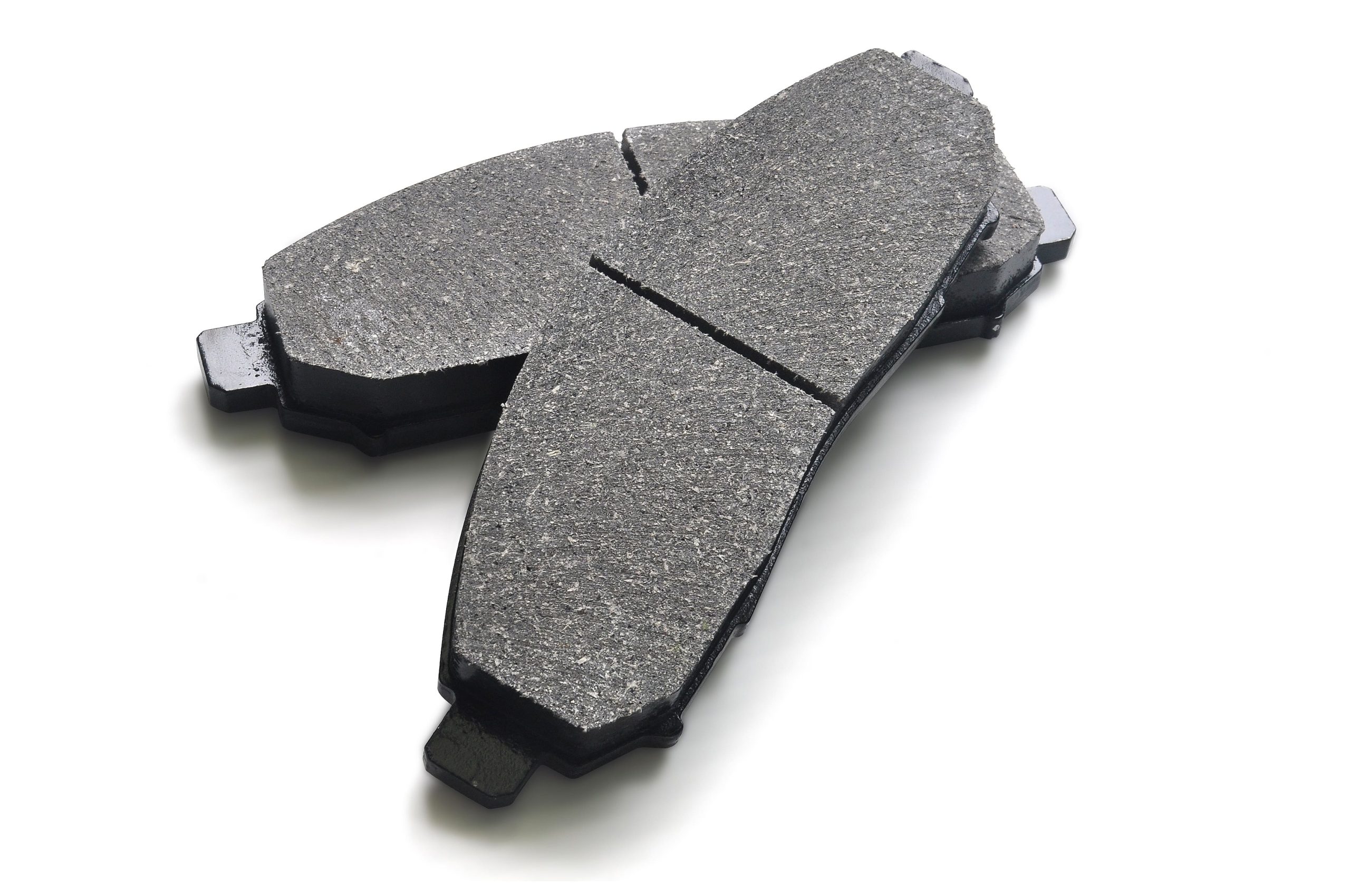
Clearly one of the most important safety features, brakes slow your vehicle or bring it to a stop when pressure is applied to the brake pedal.
A typical braking system is made up of a brake disc (or rotor), a brake calliper and a pair of brake pads for each wheel on the vehicle (some vehicles may have drum brake arrangement for the rear wheels).
Problems with your brakes could range from something simple, like low brake fluid, to a sticking brake caliper that could see your car pulling towards one side of the road when you brake.
The most common problem with your braking system is likely to come from worn out brake pads, which mechanics recommend changing every 25,000 miles – although they have been known to need replacing after just 15,000 miles
A lot depends on how the vehicle is being driven; harsh and heavy braking will reduce the life of the brake pads considerably. If the pads are not changed when necessary, the brake discs will often need replacing also.
Regular servicing will help to keep your brake system functioning correctly. Check your handbook or consult your dealer for more information.
Air filter
Your engine’s air filter prevents any debris or dirt getting into it and shouldn’t be confused with the cabin’s air filter, which stops dust or pollen from entering the cabin through the A/C and heat vents.
Over time, air filters become clogged with dust and dirt and a clogged filter can lead to a number of tell-tale signs, including reduced fuel economy, unusual engine sounds and black smoke from the exhaust pipe.
On average, an air filter will last around 30,000 miles or three years (whichever comes first) before needing to be replaced, although this may be reduced considerably if the vehicle is driven in heavy traffic a lot.
If you think your filter needs replacing, simply locate the filter (usually in a black box under the bonnet) and remove it, making note of how it fits before you insert the replacement and fasten the box back shut.
Check your vehicle handbook for instructions and ensure you get the right part for your vehicle.
Catalytic Converter
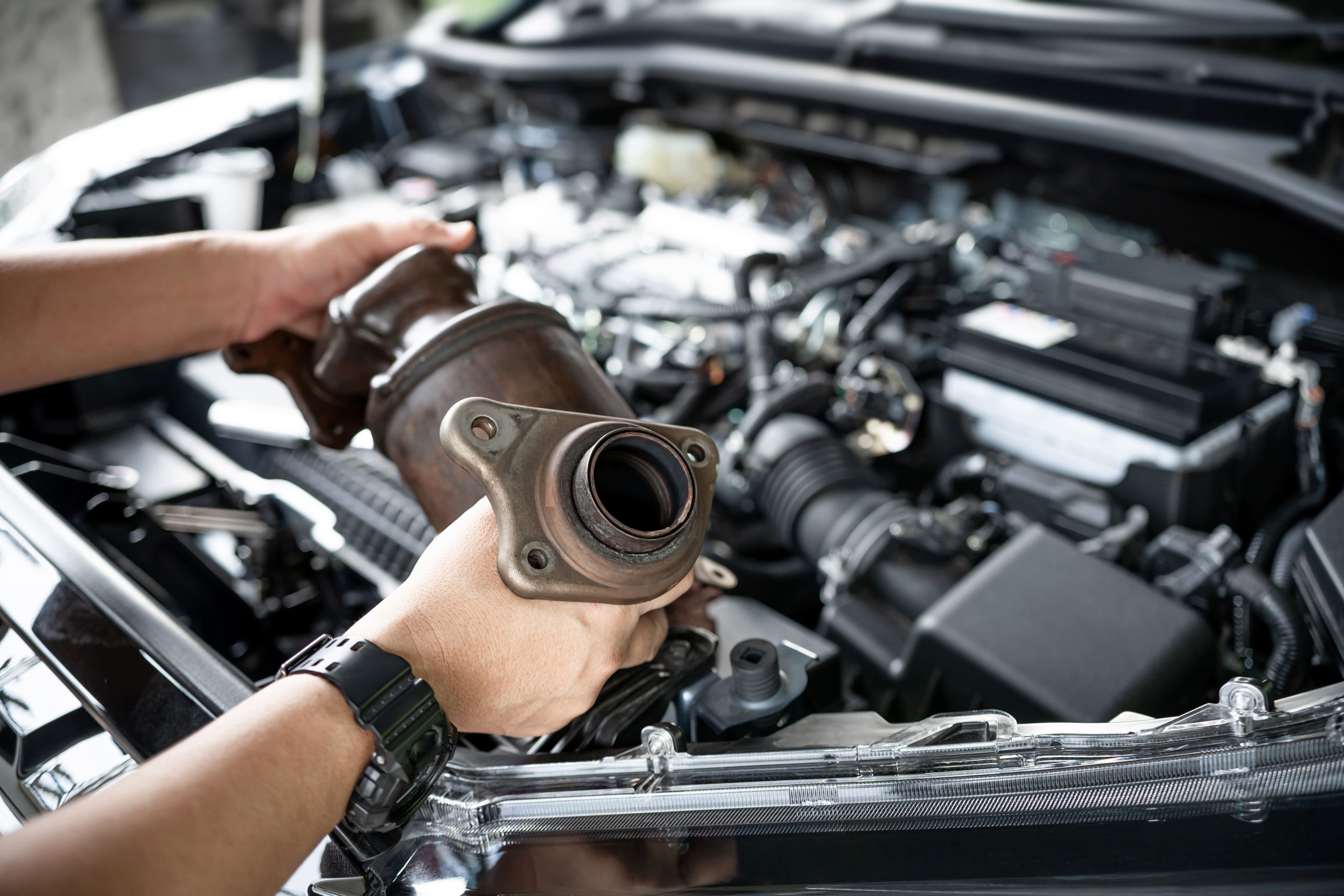
Catalytic converters (or “cats”) essentially clean up your car’s exhaust fumes, greatly reducing the harmful hydrocarbons, carbon monoxide, and nitrogen oxide your car releases into the atmosphere via its exhaust pipe.
Catalytic converters will often last for up to 10 years or more, but they can become contaminated, clogged, or overheated due to various faults in the engine management system. This can cause the cat to restrict the flow of gases passing through the exhaust and affect your engine’s efficiency, causing sluggish engine performance and even a breakdown.
Most modern cars have on-board diagnostic systems which mean a warning light will flash up on your dashboard when you have problems.
In most cases, you can continue driving unless the engine performance is severely diminished, but you should have your vehicle checked as soon as possible by a professional repair garage or dealer. Additionally, the emissions from your exhaust are checked during the MOT process and will fail the test if they are below the minimum requirements.
Clutch
For vehicles with manual transmission, the clutch connects the engine and transmission to make sure a car moves smoothly through the gears. Vehicles with automatic transmission have a different mechanism for achieving this.
Typical symptoms of clutch faults include: ‘slipping’ (i.e. causing a momentary loss of acceleration), squealing, difficulty selecting / changing gear or your clutch pedal feeling ‘floppy’ or stiff.
Gearbox
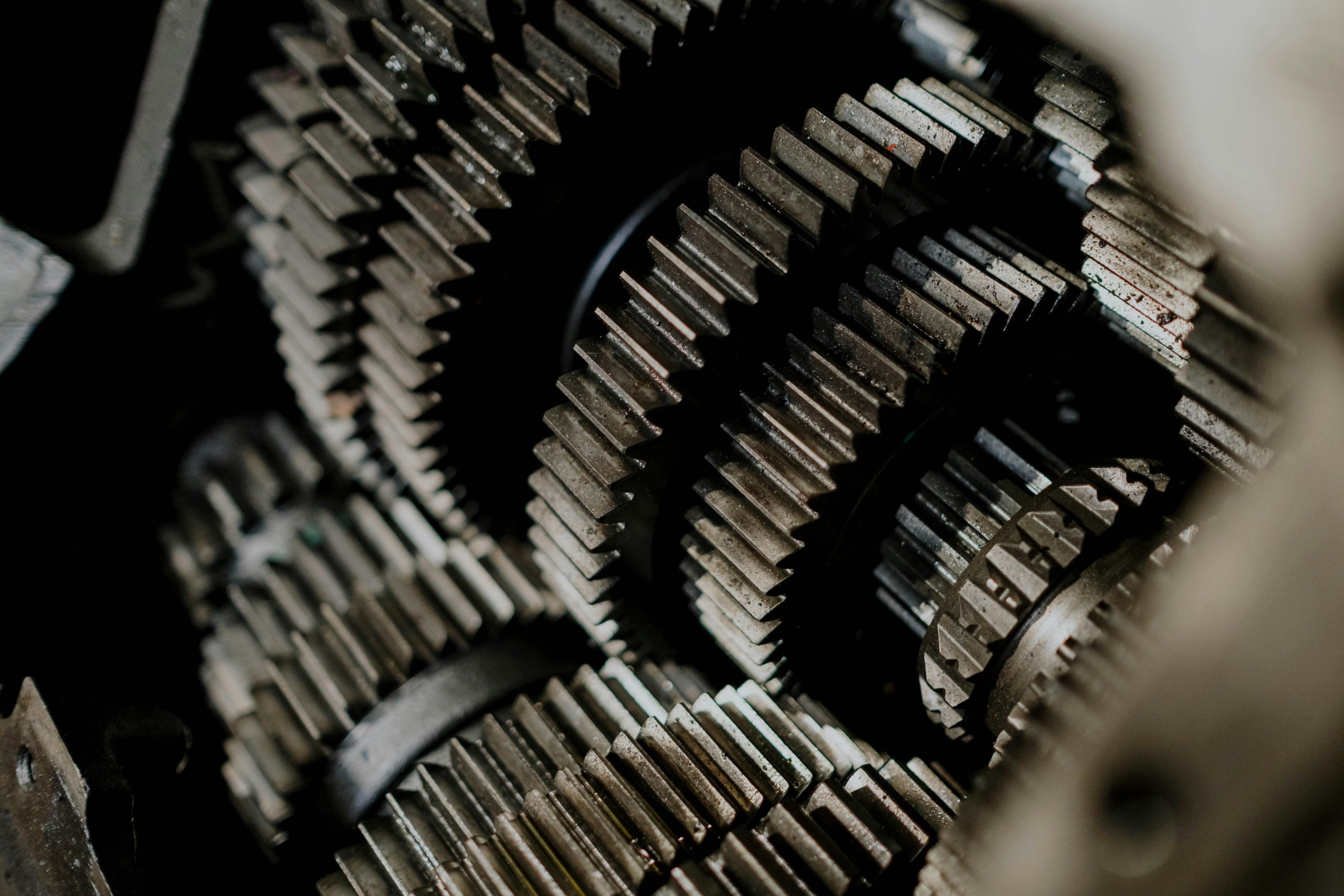
Also known as the transmission, the gearbox transmits the power generated by the engine through sets of gears to the road wheels.
Various faults can occur in the gearbox but tend to be due to general wear in the gears or mechanisms, or in the case of automatics, issues with the transmission fluid.
If fluid is the issue, it could mean you’re running low or have a leak. If you don’t change your fluid regularly enough, this could also lead to a clogged transmission line, which can also cause problems.
Due to the design and construction of gearboxes there is virtually no scope to carry out any DIY repairs. As with most major components, regular servicing is key to avoiding problems and faults occurring prematurely.
Water pump
Part of your engine’s cooling system, a water pump circulates the coolant around the engine (where it absorbs heat) and through the radiator (where it dissipates the heat). This ensures the engine runs at its optimum temperature and prevents it overheating.
Whether mechanical or electrical, water pumps are prone to failure, especially on higher mileage vehicles.
Typical faults include leaks from failed seals or cracks and bearing failure. Any of these issues will mean you’re going to need a new pump and a fresh tank of coolant to get you back on the road.
Air conditioning compressor
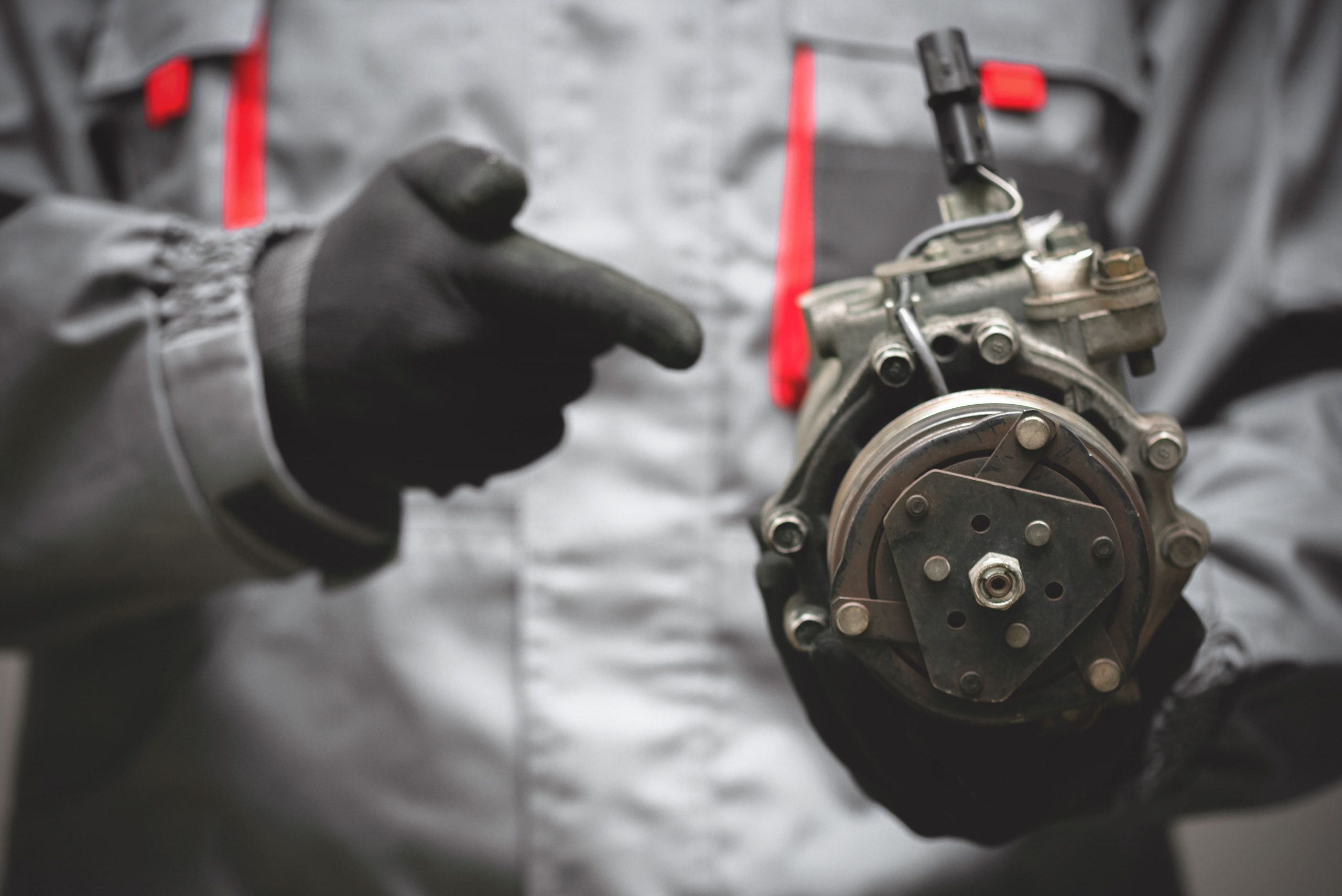
The air-con compressor is an integral part of the air-conditioning system, compressing the coolant before it goes into the condenser and helping to cool down your cabin.
If you’ve got issues with your A/C system, it’s likely to be a leak. However, if there isn’t a leak, it could mean your compressor isn’t working.
Unfortunately, there are a number of things that could go wrong with your compressor – from a broken seal to a failing mechanism – and these issues will likely mean you need a whole new compressor unit.
